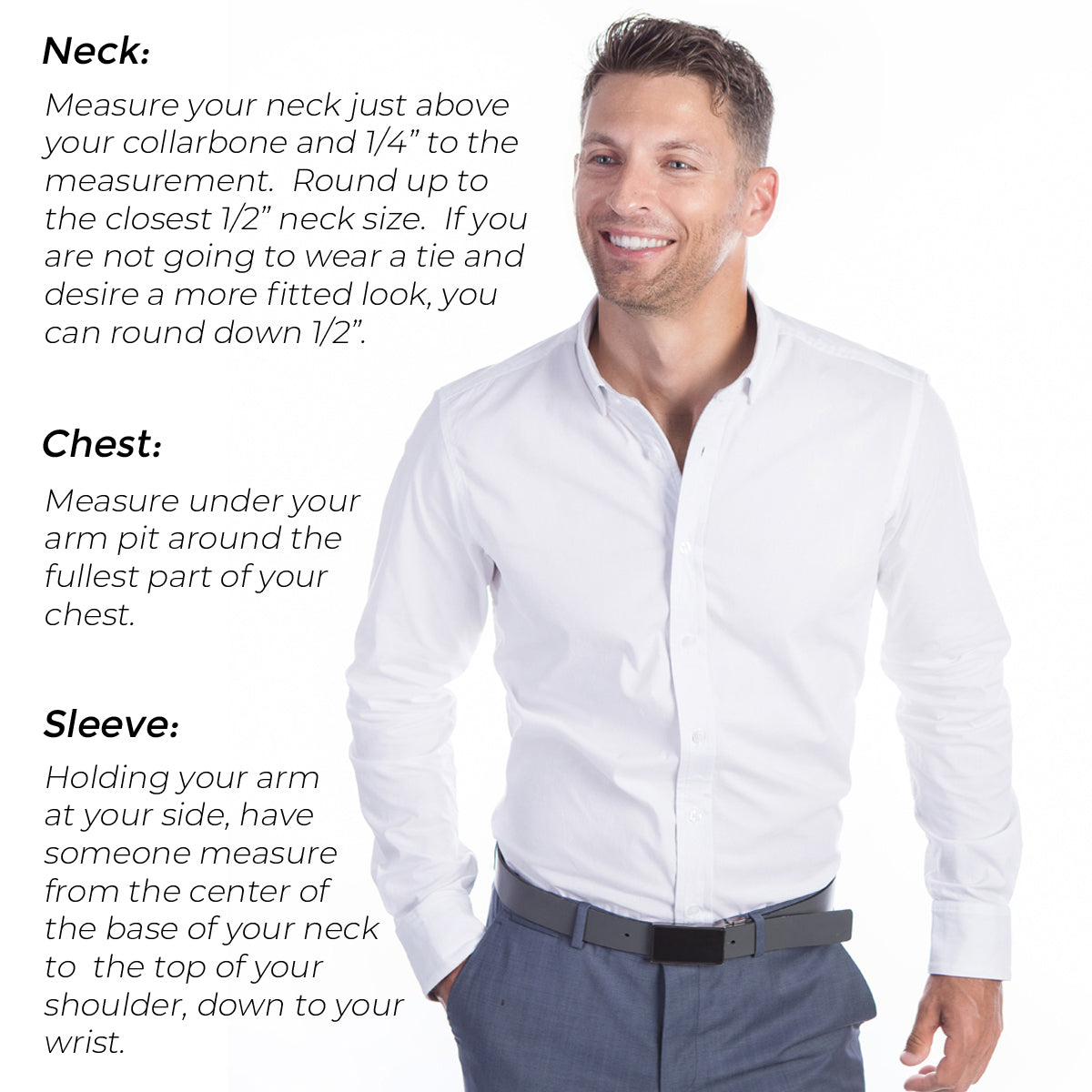1. Understand Your Personal Style
Your personal style is a reflection of who you are. To understand your style, start by identifying the types of clothing you feel most comfortable and confident in. Look for patterns in your favorite pieces – are they casual, elegant, edgy, or classic? Your style should be an extension of your personality, so embrace what feels authentic to you.
2. Know Your Body Type
Understanding your body type can help you choose outfits that flatter your figure. Here are some common body types and tips for each:
- Hourglass: Emphasize your waist with fitted clothing and avoid overly loose styles.
- Pear: Highlight your upper body with bright colors or patterns and opt for darker shades for bottoms.
- Apple: Choose clothing that creates balance by drawing attention away from the midsection, such as empire waist dresses.
- Rectangle: Create curves with peplum tops, belted dresses, or high-waisted pants.
- Inverted Triangle: Focus on adding volume to your lower half with A-line skirts or wide-leg pants.
3. Consider the Occasion
The occasion dictates the appropriateness of your outfit. Here are some guidelines:
- Casual: Think jeans, t-shirts, and comfortable sneakers.
- Business Casual: Opt for slacks or skirts with blouses or button-up shirts.
- Formal: Choose elegant dresses or suits, complemented by sophisticated accessories.
- Party: Go for bold, fun, and eye-catching pieces.
4. Play with Colors and Patterns
Colors can influence how you feel and how others perceive you. Learn about color theory and understand which shades complement your skin tone. Don't be afraid to experiment with patterns, but be mindful of mixing too many in one outfit.
5. Pay Attention to Fabric and Fit
The fabric and fit of your clothing are crucial for comfort and appearance. Choose breathable fabrics for hot weather and thicker materials for colder months. Ensure your clothes fit well – not too tight or too loose. Tailoring can make a significant difference in how an outfit looks on you.
6. Accessorize Thoughtfully
Accessories can transform an outfit from simple to stunning. Consider items like:
- Jewelry: Earrings, necklaces, and bracelets can add elegance or fun to your look.
- Bags: A stylish bag can serve as a focal point and a practical addition.
- Shoes: The right shoes can make or break an outfit, so choose pairs that match the formality and style of your clothing.
- Scarves and Hats: These can add an extra layer of sophistication or whimsy.
7. Stay Updated with Trends (But Don’t Follow Blindly)
Keeping up with fashion trends can give you fresh ideas, but don't feel pressured to follow every trend. Pick trends that resonate with your style and incorporate them in ways that feel authentic to you.
8. Confidence is Key
The most important aspect of any outfit is how you carry yourself. Confidence can make any outfit look stunning. Wear what makes you feel good and stand tall.
Conclusion
Choosing the perfect outfit is a blend of understanding your personal style, body type, occasion, and the latest trends. By paying attention to details like fabric, fit, and accessories, and most importantly, wearing your outfit with confidence, you'll always look and feel your best.
Happy styling!




Comments
Post a Comment